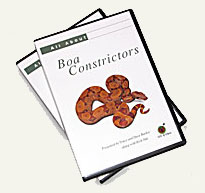09/20/2023 UPDATE 2023 WROUGHT IRON BLOOD PYTHONS AT VPI!
ERNESTO HINOJOSA BREEDING RESULTS
(TEXT AND PHOTOS BY ERNESTO HINOJOSA) CLUTCH #1
WROUGHT IRON BLOOD PYTHON (Python brongersmai) PROJECT
After many years following the Wrought Iron project, even though what appeared to problematical issues with this morph, I still wanted to try and work with it. When I was able to get a
Wrought Iron, my original plan was to work the project away from the T+ albino based on what I heard from Tim Bailey originally, and using a normal line would be the first step.
With the understanding that this breeding project was only for scientific purposes, Tracy sent me a 2019 Adult male WI 100% Het T+ albino with normal eye scales.
The female I selected was a beautiful Selective Origins Normal “Llyly” (not known Het for anything). The Llyly lineage could add more quality to the WI project in terms
of color (deeper blacks and reds) and a strong blood line. The plan was simple. Start with a male WI 100% Het T+ albino, so we could breed it to my normal female.
This would be an important first step in the direction we intended to take the project and potentially get us some preliminary answers in the shortest amount of time
possible. By doing so, not only are we adding genetic diversity to the WI project, but also, we are reducing the possibilities of the babies from being T positive albino
carriers.
This could reduce our chances of seeing the postocular scale defects IF the combination of the WI gene and the T+ gene in some way related to the ocular
nomalies. The pair would result in all the offspring being 50% possible heterozygous for T+ albino, giving each baby only a 50% chance of being albino
carriers instead of 66% or 100%.
Then we would take the normal eyed looking babies and repeat the process in subsequent breeding efforts to achieve,
if possible, 100% normal eyed looking WI’s. It was time to find out if any of the ideas we discussed would answer these questions.
1) Is there a genetic mutation in the WI that in combination with the T+ Albino causes the issue?
2) Perhaps, environmental factors are affecting the circumorbital scale development during incubation?
3) There are too many loose ends in this mystery, but one thing is sure, the only way to prove things out is by making more Wrought Irons.
LIKE BLACKSMITHS, WE TOOK THE WI PROJECT BACK TO THE FORGE
I received the male WI mid-December of 2022, and after the mandatory quarantine, I put him to work. The female was fed a large rat every 10-15 days.
I add reptile multivitamin (MV) supplements to cover for any potential nutritional imbalance to all my snakes’ diet, because all I feed is frozen thawed rats.**
The breeding process was smooth and simple. The male went to the female a couple times between mid-January to early February 2023. In both introductions,
I was able to confirm a successful lock and the pair stayed together for 24 and 48 hours each time. The ambient parameters were kept consistent, and no major
modifications were made before or after the breeding cycle.
BREEDING
1) room temperature at 78-80 F
2) hot spot of 82-84 F
3) relative humidity of 70%
4) The snakes were kept in an ARS rack system in an 80 series tub (7.25”H x 26.25” W x 33” D).
5) The mating was successful, and the female ovulated on February 10th, 2023.
6) After the ovulation was confirmed, I stopped introducing the male with the female. The post ovulation shed cycle began March 13th and ended March 28th.
7) April 29th, 2023, the female laid 6 viable eggs and zero slugs. All eggs had strong veins and no decalcification areas on the shell surfaces.
8) The egg incubation was conducted in the same way I did with previous successful blood python clutches.
INCUBATOR
1) The incubator used was a 36” C-Serpent Incubator hooked to a VE-200 thermostat. The egg box was placed on the mid-section rack of the incubator with the thermostat
probe on top of the box to keep the readings as accurate as possible. A small “Accurite” Thermometer/hygrometer was place inside the egg box to monitor both parameters
as well. I also placed two bowls full of water inside the incubator. One on the top shelf and one at the bottom. These incubators, have a small fan that helps circulate the air
inside the incubator, preventing any hot spots by creating a constant airflow that moves the hot air from top to bottom. This also facilitates the evaporation of the water in the
bowls ensuring optimal levels of humidity in the air (80%-90%).
INCUBATION AND HATCHING
1) All 6 eggs were placed in a Sterlite 15 qt clear plastic box with the following dimensions 16 ½” x 13” x 6 5/8” and NO air holes. These boxes are not airtight, and they allow
sufficient air exchange between the lid and the plastic box, which is facilitated by the constant air flow inside the incubator. For incubation substrate, I used wet perlite and
allowed about a ½ inch of water to accumulate at the bottom of the substrate. The humidity was between 95-99% at all the times inside the box. The eggs never touch the
wet substrate. The eggs are suspended above the substrate using a plastic mesh (plastic canvas).
2) The incubator temperature was set at 87 F. Throughout the incubation period, the temperatures fluctuated about 0.5 to 1 degree up or down, but never more than that.
The lowest temperature registered was 86.5 F with a highest of 88 F towards the end of the incubation period. The lower temps (86.5-87.5 F) were typical during
the first 45-50 days of incubation. It was only in the last two weeks, that the temperatures raised more than 87.5 F, reaching 88 F. I also checked temperatures with an
infrared thermometer to make sure these readings were consistent.
3) After 64 days of incubation, on July 2, 2023, the first baby made an appearance. I could tell it was a normal blood python. I personally do not like “cutting” the
eggshells before the babies make the first slits on their own. I prefer to give the babies enough time to absorb all the nutrients they can from the egg, gain
confidence and emerge on their own with minimal disturbance. This means that I must be extra patient with them, as the hatching process can take days depending
on the individual. Luckily for me, these babies didn’t take very long to emerge. The very next morning 5 out of the 6 eggs had heads sticking out of the egg. I was able
to count 3 Normal looking blood pythons and two Wrought Irons. I couldn’t contain my excitement; there were two WI’s.
The babies were shy and covered in egg fluids and constantly hiding and going back in the egg, making it quite hard to see if any of them had any aberrant ocular scales
without disturbing them too much.
4) Once again, I decided to take it easy and stick to mother’s nature process. The last baby took a little longer to hatch. About 24 hours after the first baby pipped,
the last egg showed thin slits and lots of bubbles, meaning the baby was breathing and thriving. Looking inside to see what it was, was simply impossible unless
I cut open the shell. I gave that baby a few more hours before checking on it again. Later that day, I went back to the incubator and sure enough, a little snout was
sticking out like a sore thumb. At first, I thought it was a nice red normal blood python because of the color (seen through the incubator plexiglass door and the
semi clear container). But the look wasn’t quite right. I pulled the box out of the incubator to closely inspect that last baby, but it went right back in the egg.
I couldn’t see it well and honestly; I couldn’t wait any longer. I grabbed a pair of scissors and very gently cut the top portion of the eggshell creating a small
window. My heart skipped at least 5 beats; I couldn’t believe what I had in my hands. Inside the egg, was a T positive Albino Wrought Iron… with PERFECT eyes.
What just happened?
5) The Normal female wasn’t supposed to be het for anything. Obviously that statement wasn’t valid anymore. If the breeder female Llyly is 100% heterozygous
for T positive albino and the just hatched baby T+ albino Wrought Iron is not showing ocular scale anomalies, could that mean that maybe the T positive albino trait
isn’t responsible for such aberrations? I rushed back to the egg box again. I needed to see the eyes on the other two WI. There they were sitting inside the egg,
two perfect Wrought Irons. Three out of three WI, including an albino T+ WI, and none with abnormal ocular scales or any other notable issues.
6) Stay tuned!
** I add reptile multivitamin (MV) supplements to cover for any potential nutritional imbalance to all my snakes’ diet, especially because all I feed is frozen thawed rats
and their nutritional value may decrease overtime.
One future potential area of study is if diet could affect embryonic development in reptiles.
Variables that could be affecting the WI circumorbital scales, include temperature prior to incubation and during incubation.
WROUGHT IRON PROJECT PHOTOS BY ERNESTO HINOJOSA 2023
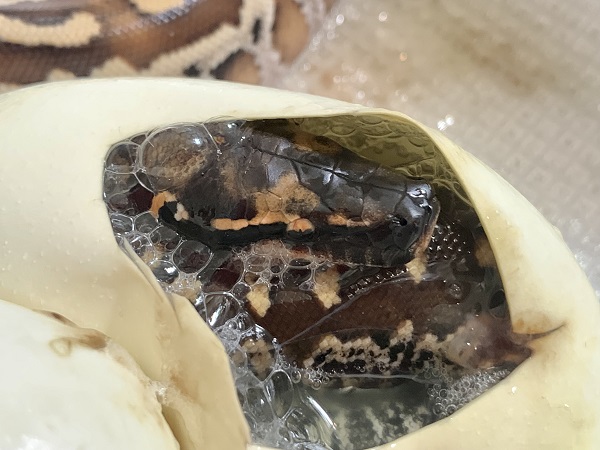
WROUGHT IRON BLOOD PYTHON Python brongersmai PHOTO BY ERNESTO HINOJOSA 2023
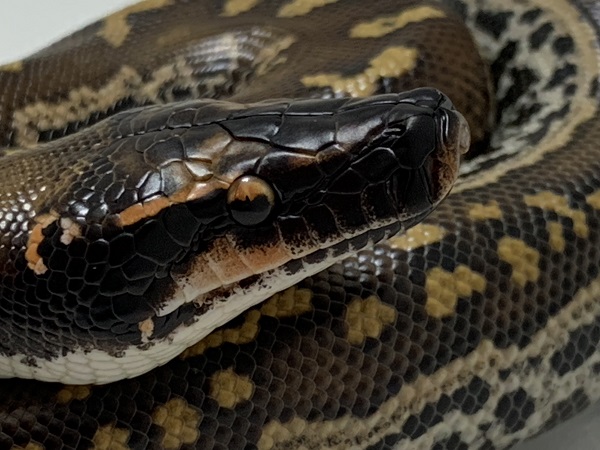
WROUGHT IRON BLOOD PYTHON Python brongersmai PHOTO BY ERNESTO HINOJOSA 2023
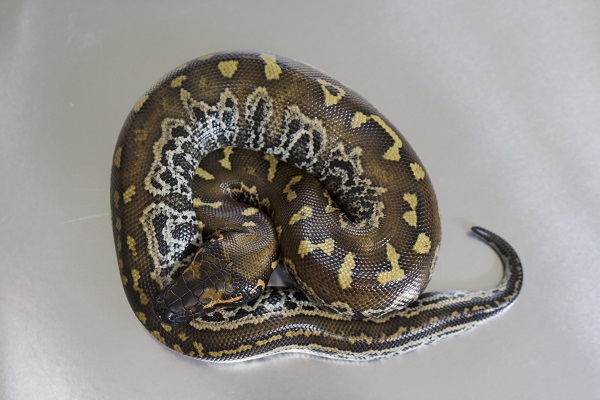
WROUGHT IRON BLOOD PYTHON Python brongersmai PHOTO BY ERNESTO HINOJOSA 2023
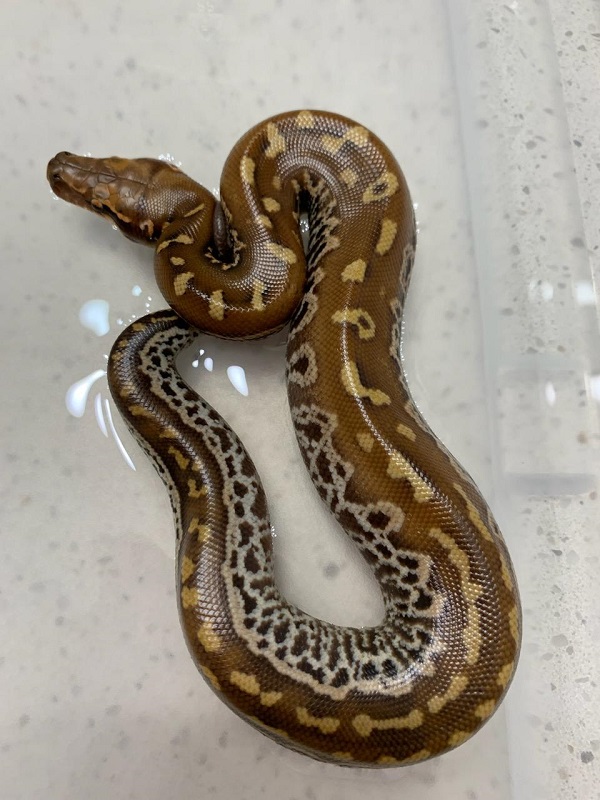
WROUGHT IRON T+ ALBINO BLOOD PYTHON Python brongersmai PHOTO BY ERNESTO HINOJOSA 2023
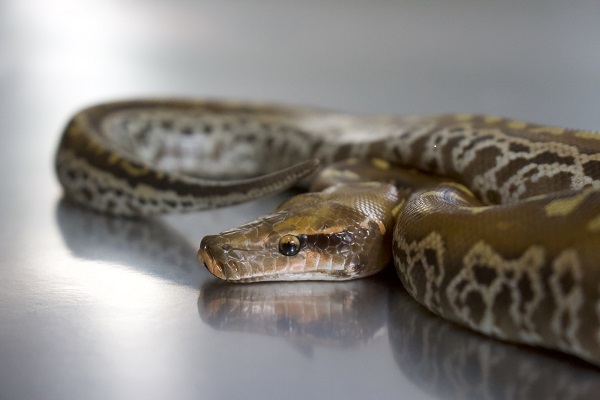
WROUGHT IRON T+ ALBINO BLOOD PYTHON Python brongersmai PHOTO BY ERNESTO HINOJOSA 2023
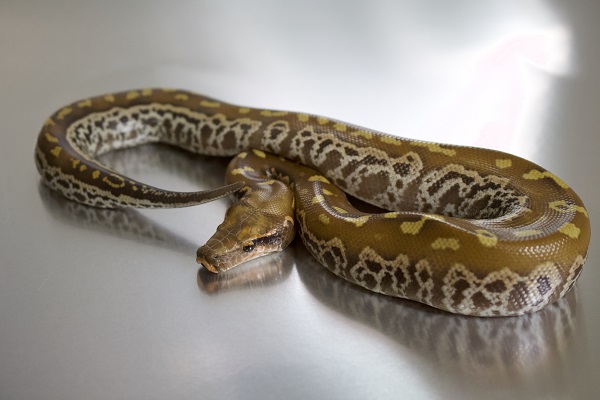
WROUGHT IRON T + ALBINO BLOOD PYTHON Python brongersmai PHOTO BY ERNESTO HINOJOSA 2023
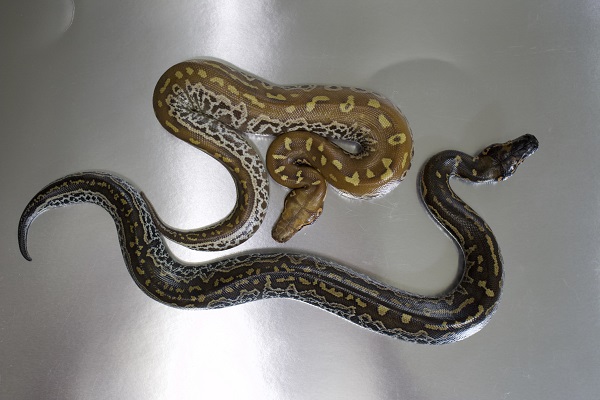
WROUGHT IRON AND WROUGHT IRON T+ ALBINO Python brongersmai PHOTO BY ERNESTO HINOJOSA 2023
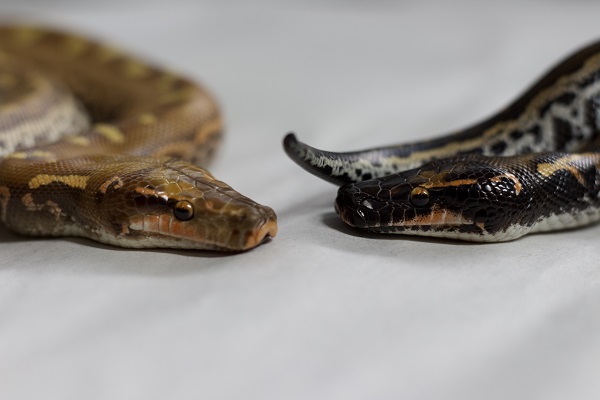
WROUGHT IRON AND WROUGHT IRON T+ ALBINO BLOOD PYTHON Python brongersmai PHOTO BY ERNESTO HINOJOSA 2023
